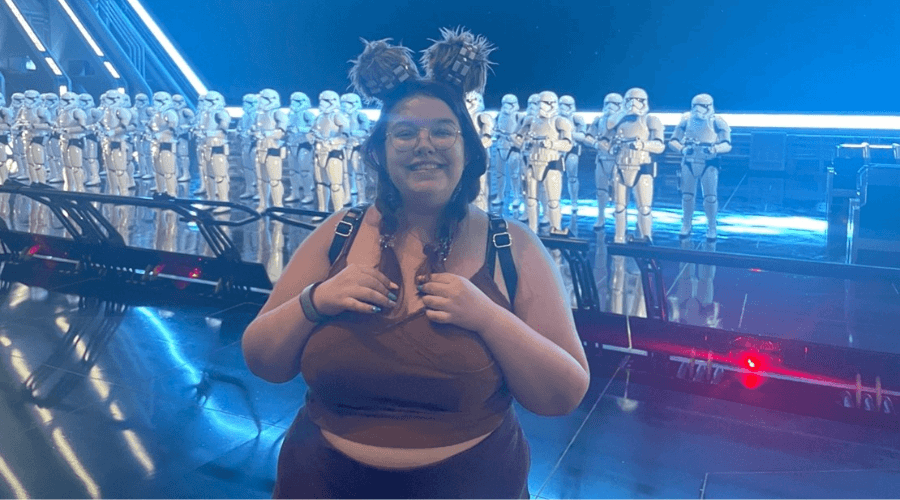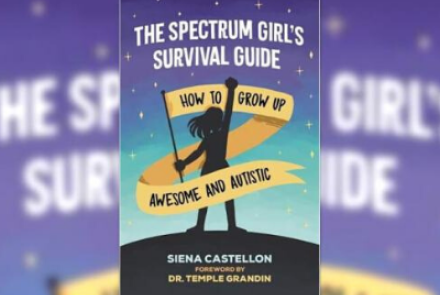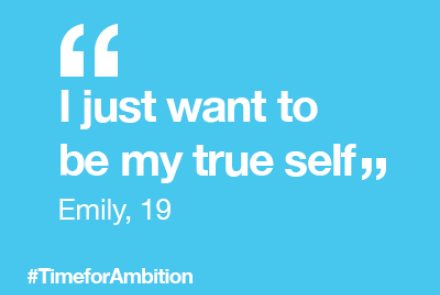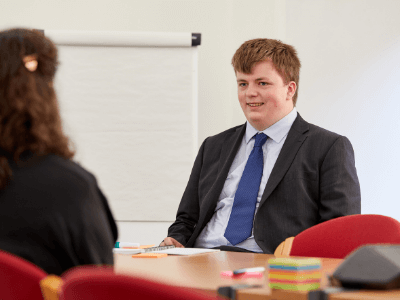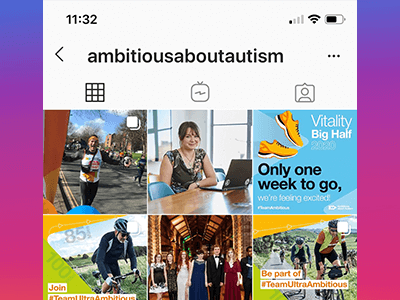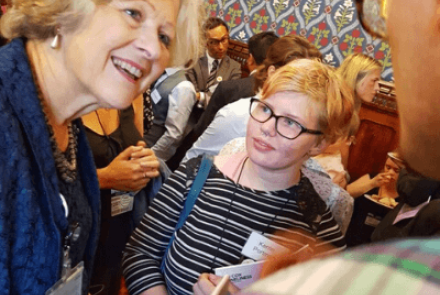Being autistic with a co-occurring conditions
Hey, I’m Hannah and I’m a 22-year-old Forensic Psychology student! I was diagnosed with autism earlier this year.
Being diagnosed with autism
I was diagnosed with autism earlier this year at the age of 22, after being on the waiting list since I was 17. I had visited the doctor due to anxiety and they suggested that I should be sent for an ASD assessment. However, due to this long wait and the use of unhealthy coping mechanisms, I developed bulimia nervosa whilst I was away from home at university.
Going to therapy as an autistic young person
For me, I have found that the treatments provided for my bulimia are generally ineffective. No matter how hard I tried to engage with various therapists for CBT, I found this to be unhelpful, especially as even when informing therapists of being on the waiting list for an ASD assessment, I found that the education given to counselling and therapists on autism was practically non-existent.
Since receiving my diagnosis, I have spent a lot of time communicating with and getting to know many other autistic individuals and have since realised how common this issue is. Even with a diagnosis of autism, it seems that many therapists seem to lack the knowledge and information on how to make therapy more accessible for an autistic individual. I think this is so disappointing, considering the high number of autistic individuals that also experience mental health issues.
Finding a therapist that understands my autism
I have been lucky that after such rubbish experiences with therapists, I have recently found one who has been a lot more understanding and accommodating towards my autism. Obviously, every autistic person is different and has different needs, but for me, some of the things that I have found helpful in helping me to engage in therapy have been:
- Having a therapist who understands autism and has a bit of an idea of what she can do to help me.
- Spending more time getting to know each other so that I feel more able to be myself without masking.
- Having shorter therapy sessions as I struggle to engage for long periods of time.
- Flexibility – sometimes my therapist uses resources such as creative therapeutic interventions as I struggle to talk about my emotions.
- Virtual sessions so that I can be in an environment I feel safe in during my sessions.

